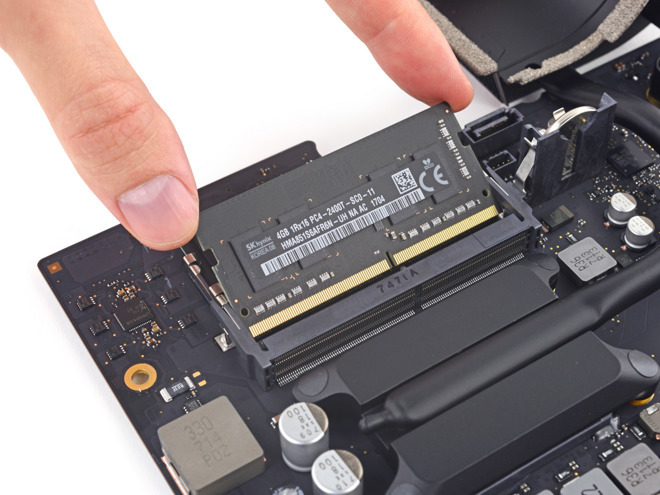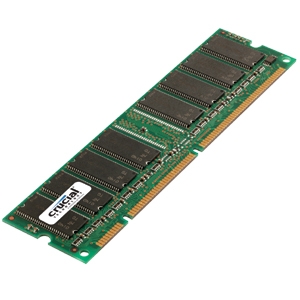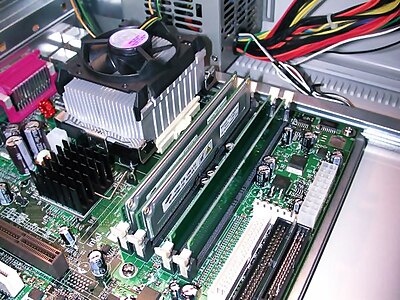Dram Memory Slot Function
A memory slot, memory socket, or RAM slot allows RAM (computer memory) to be inserted into the computer. Most motherboards have two to four memory slots, which determine the type of RAM used with the computer. The most common RAM types are SDRAM and DDR for desktop computers and SODIMM for laptop computers, each having various types and speeds. The picture below is an example of what memory slots may look like inside a desktop computer. In this picture, there are three open and available slots for three memory sticks.

- Memory. Memory structures are crucial in digital design. – ROM, PROM, EPROM, RAM, SRAM, (S)DRAM, RDRAM. All memory structures have an address bus and a data bus – Possibly other control signals to control output etc. 4 Bit Address bus with 5 Bit Data Bus ADDR DOUT 24 x 5 ROM/RAM.
- DRAM operation basics. DRAM memory technology has MOS technology at the heart of the design, fabrication and operation. Looking at how a DRAM memory works, it can be see that the basic dynamic RAM or DRAM memory cell uses a capacitor to store each bit of data and a transfer device - a MOSFET - that acts as a switch.
- There are two main purposes in putting an SD slot in a computer. One is so that you can take an SD card out of a camera and read it to down load the images without using a cable. The other is for nonvolatile identification of a user, so that the laptop can be made more secure.
- The testing/selection procedure for this portion involves placing the modules (one at a time) in the same DIMM slot with the same memory parameters, and finding the modules that run benchmarks.
When buying a new computer or motherboard, pay close attention to the types of RAM the memory slots can accept. Make sure you know exactly the type of RAM to buy for your computer. It is also important to note how many available memory slots are available in your computer. It is not uncommon for computers to have all memory slots occupied. If all slots are full and you want to upgrade the computer memory, you need to remove some or all of the existing memory.

Motherboards that support multi-channel architecture will frequently have color-coded memory slots to help ensure that matched modules are inserted. Most DRAM manufacturers will sell memory in 'kits' to ensure that the memory modules match in capacity, speed, latency, number of chips and sides, and the size of rows and columns.
Why are the memory slots different colors?
When a motherboard has different colored memory slots, it indicates the memory slots are dual-channel, and pairs of memory should be installed on the same channel (color). For example, a motherboard could have two yellow and two black memory slots. The yellow memory slots could indicate Channel A and Channel B could be indicated by the black slots. If you were only installing two memory sticks, you'd want to install both of them in Channel A (yellow slots) for optimal performance.

Dram Memory Slot Function Calculator

Related pages
Function Of Dram Memory Slot In Motherboard
Memory module, Memory terms